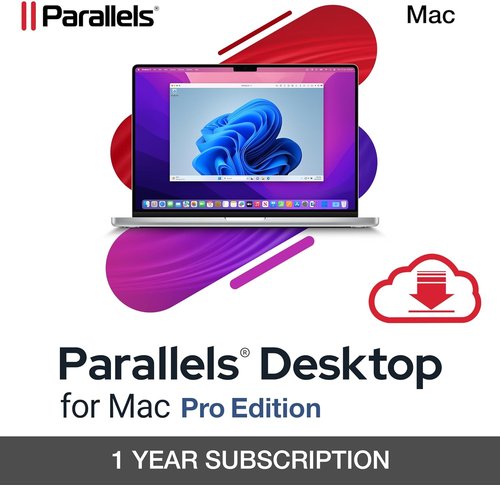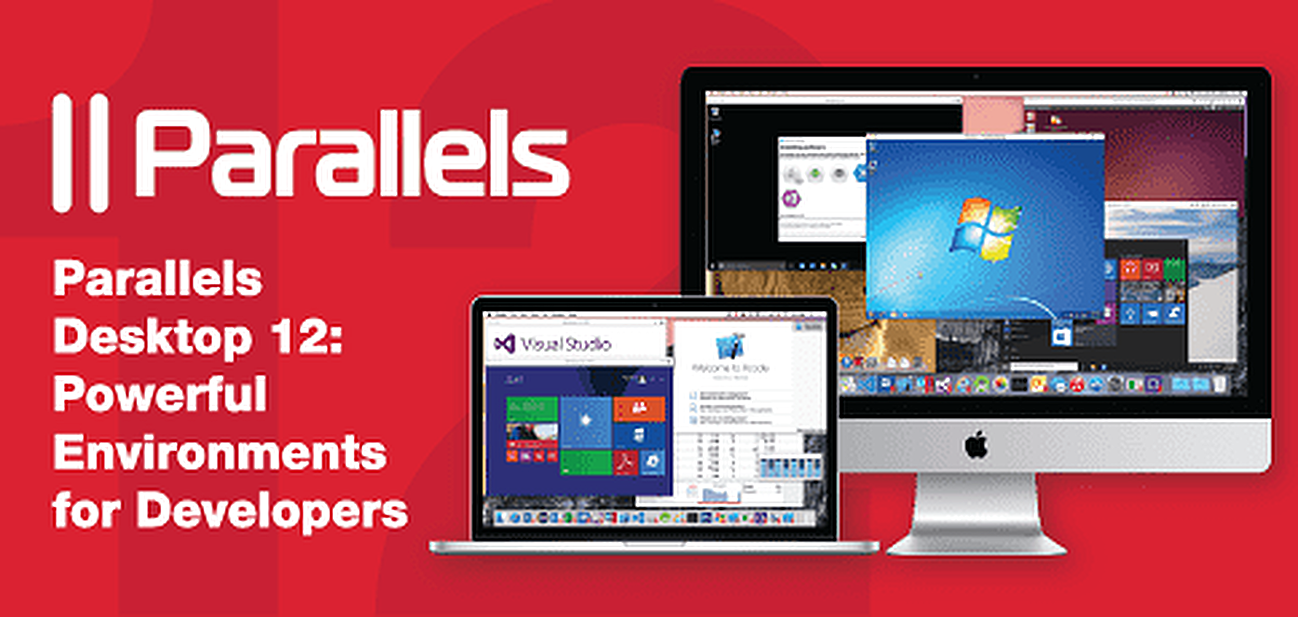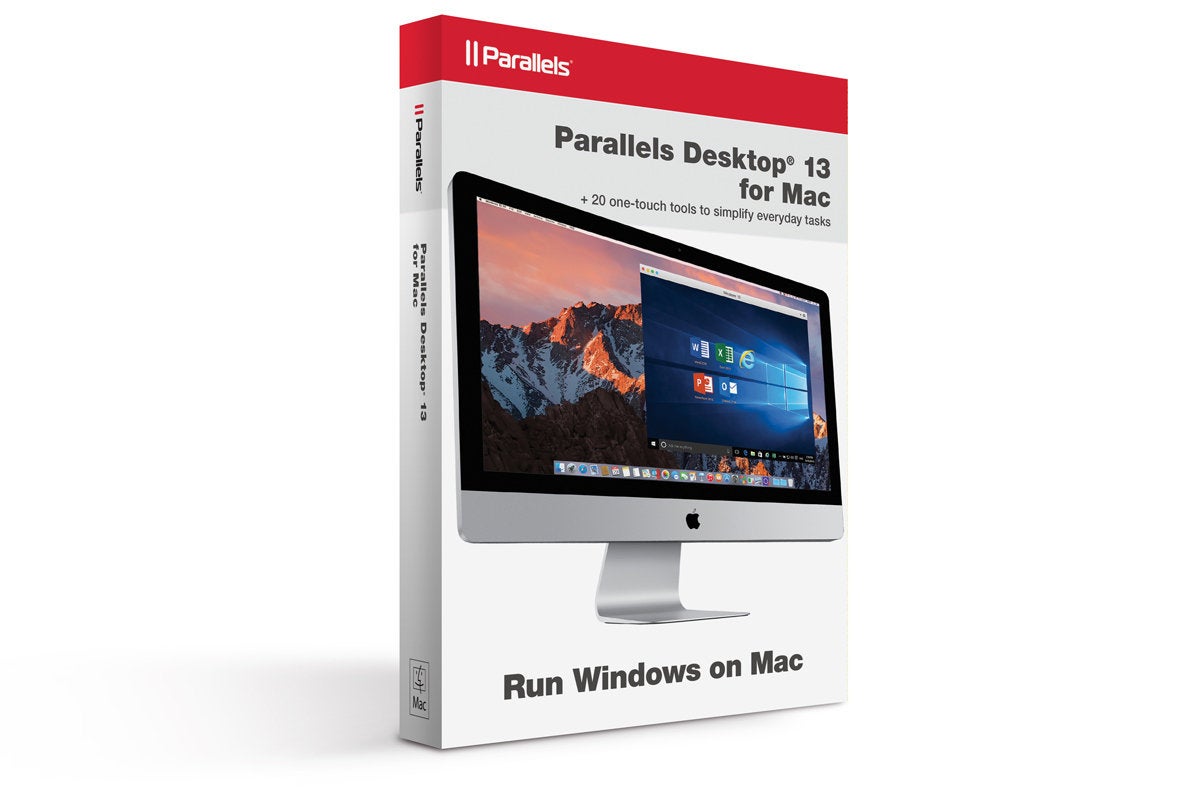

- #UPDATE PARALLELS FOR MAC FOR MAC#
- #UPDATE PARALLELS FOR MAC MAC OS X#
- #UPDATE PARALLELS FOR MAC INSTALL#
- #UPDATE PARALLELS FOR MAC MANUAL#
- #UPDATE PARALLELS FOR MAC UPGRADE#
On my MacBookPro with DSL connection, the whole download & upgrade process took about 1.5 hours.Then run the downloaded file … and “Upgrade this PC now”.Open the Download Windows 10 web page within your Windows virtual machine:.Now, everything is ready to upgrade to Windows 10: Check, if you need the 32bit or 64-bit version of the Download Windows 10 Tool at.


#UPDATE PARALLELS FOR MAC MANUAL#
Parallels published an article about the manual upgrade in their knowledge base.
#UPDATE PARALLELS FOR MAC MAC OS X#
Parallels Display Adapter (WDDM) isn’t supported … so, there is no automatic update path for Parallels 10 Mac OS X users, yet.
#UPDATE PARALLELS FOR MAC INSTALL#
Then, I waited 24 hours to get the message that “Windows 10 will not run on this PC”. I was probably one of the first people to install Windows 10 on a macbooks bootcamp partition when Windows 10 Technical Preview was launched and that. So, as the Download-Windows-10 app showed up at the Windows 7 taskbar these days, I directly registered for a Windows 10 update. There are still some CAD & industrial automation tools, which do not ship on OSX. I only use Windows 7 on my Mac Parallels Desktop 10 virtual machine only every now and then. The update also brings in a slightly refreshed UI to better match macOS and visual improvements for Windows users on Retina displays.
#UPDATE PARALLELS FOR MAC FOR MAC#
There will likely be some performance issues with all that virtualization, but early reports indicate that the M1 handles everything relatively well.Īll that said, you can learn more about Parallels here, and if you already own an M1 Mac, it could be a good piece of software to have.Parallels Desktop for Mac is a hardware emulation virtualization software.

The other major caution is that Parallels virtualizes Windows on ARM, which in turn is emulating x86 apps for Windows. Still, it’s a preview version, so expect some bugs and stability issues. However, there is a Windows 10 for ARM preview build available from Microsoft’s Windows Insider website - you can download and run that instead. First up, it’s important to note that Microsoft still only provides Windows 10 for ARM licences to PC makers, which means average people can’t necessarily obtain a licence to run the software. The company also claims that the new Parallels offers up to 60 percent better DirectX 11 performance and up to 30 percent better overall virtual machine performance when running Windows 10 for ARM on M1 compared to a Windows 10 VM on an Intel-based MacBook Pro.Īs good as this all sounds, don’t rush out to buy an M1 Mac to run Windows via Parallels just yet. Parallels 16.5 uses up to 2.5 times less energy on an M1 Mac compared to an Intel-based MacBook Air. Plus, Corel says the latest Parallels update brings some major performance and battery improvements when compared to running Parallels on Intel-based Macs. While a virtualized version of Windows won’t perform as well as a native install, it’s better than not having access at all. Parallels 16.5 offers improved performance, battery compared on M1 Without Boot Camp, the only option for people who want to run Windows on their Mac is virtualization technology like Parallels. It’s worth noting that part of Apple’s decision stemmed from Microsoft limiting availability of Windows 10 for ARM. Apple chose not to support its Boot Camp software on the M1 Macs - Boot Camp allows Mac owners to boot into Windows with their devices. That means someone with an M1 Mac can run macOS apps (both native ARM apps and x86 apps through emulation) and Windows apps (again, both ARM and x86 variants). Version 16.5 of Parallels Desktop for Mac enables users to run Windows 10 for ARM inside a window alongside macOS Big Sur apps. You can finally run Windows 10 on an M1 Mac, albeit with some drawbacks.Ĭorel, the company behind the Parallels, is pushing out a major update to the app that will allow users to natively run the ARM version of Windows 10 on a Mac with an M1 processor.


 0 kommentar(er)
0 kommentar(er)
